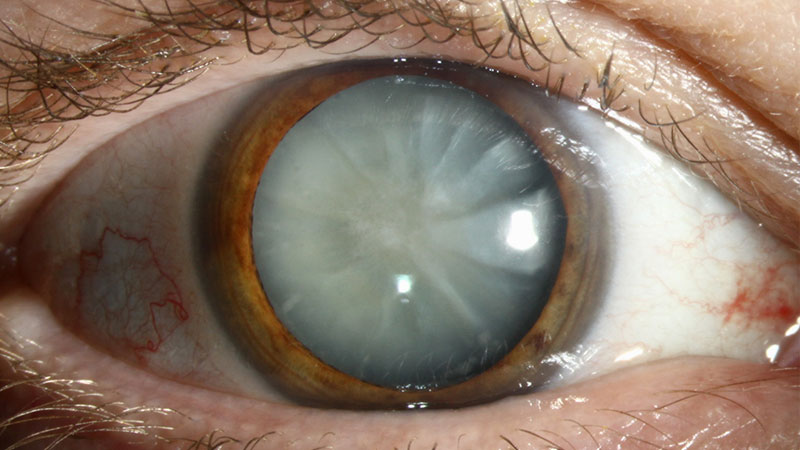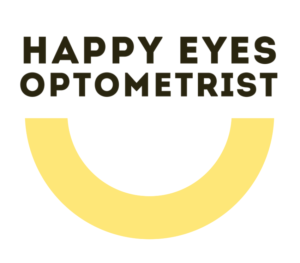Clear answers about cloudy vision
Cataracts are a common, age-related change where the natural lens of the eye becomes cloudy over time. This gradual clouding scatters light, making vision look hazy, dim, or yellowed. The good news: cataracts are very treatable, and most people regain excellent vision after surgery. At Happy Eyes Optometry (Surrey Hills), we assess, monitor, and co-manage your cataract care from first symptoms to post-operative follow-up.
Common symptoms
- Blurred, hazy or “milky” vision
- Glare and halos around lights (especially at night)
- Colours looking faded or yellow
- More light needed for reading
- Frequent prescription changes
- Poor night driving or increased light sensitivity in bright sun
Book a Cataract Assessment Online
Who is at risk?
- Ageing (most common cause)
- Family history of cataract
- Diabetes
- Long-term UV exposure
- Smoking
- Eye injury, prior eye surgery or steroid medication use
Types of cataract

Not all cataracts are the same. The main types include:
Nuclear Cataract
Develops in the centre (nucleus) of the lens. Often associated with age and may initially cause near vision to improve (“second sight”) before overall vision worsens.
Anterior Cortical Cataract
Forms around the outer edge (cortex) of the lens. Causes spoke-like opacities that scatter light and increase glare, especially at night.
Posterior Subcapsular Cataract
Appears at the back of the lens capsule. Progresses more quickly than other types and often causes glare, halos, and difficulty with near vision.
How we assess cataracts
During your appointment, our optometrists will:
- Discuss your vision, lifestyle and visual goals
- Measure your vision and check glare sensitivity
- Examine your lens with a slit-lamp microscope
- Check eye pressure and overall eye health (including retina and macula)
- Review your current prescription and how cataracts affect it
Treatment options
Early / mild cataracts
- Updated glasses or contact lenses
- Anti-glare coatings and quality sun protection (UV400)
- Brighter lighting for reading and detailed work
- Managing contributing factors (e.g., diabetes control, smoking cessation)
When surgery is recommended
Surgery is considered when cataracts noticeably impact daily tasks (driving, reading, work, hobbies) or when they limit safe eye care (e.g., obstructing retinal views). Cataract surgery replaces the cloudy lens with a clear intraocular lens (IOL). It is one of the most successful surgeries worldwide.
Our co-management pathway
- Diagnosis & discussion – We explain your cataract type, impact, and options.
- Personalised referral – We connect you with a trusted local ophthalmologist (cataract surgeon).
- Pre-op measurements – We share your clinical data to streamline surgeon planning.
- Post-op care – Your follow-ups can be done with us for convenience, with direct communication to your surgeon.
Frequently asked questions
Do eye drops or supplements cure cataracts?
No. Lenses that have turned cloudy cannot be “cleared” with drops. The only definitive treatment is surgery when appropriate.
Is cataract surgery safe?
Yes—complication rates are low and outcomes are typically excellent.
Will I still need glasses after surgery?
Possibly. This depends on your eye health, chosen IOL, and visual goals.
How fast do cataracts grow?
Progression varies by person and cataract type. Regular check-ups help us time surgery to your needs.
Ready to see clearly again?
Whether you need monitoring, new glasses, or a streamlined referral for surgery, we’ll guide you every step of the way.
